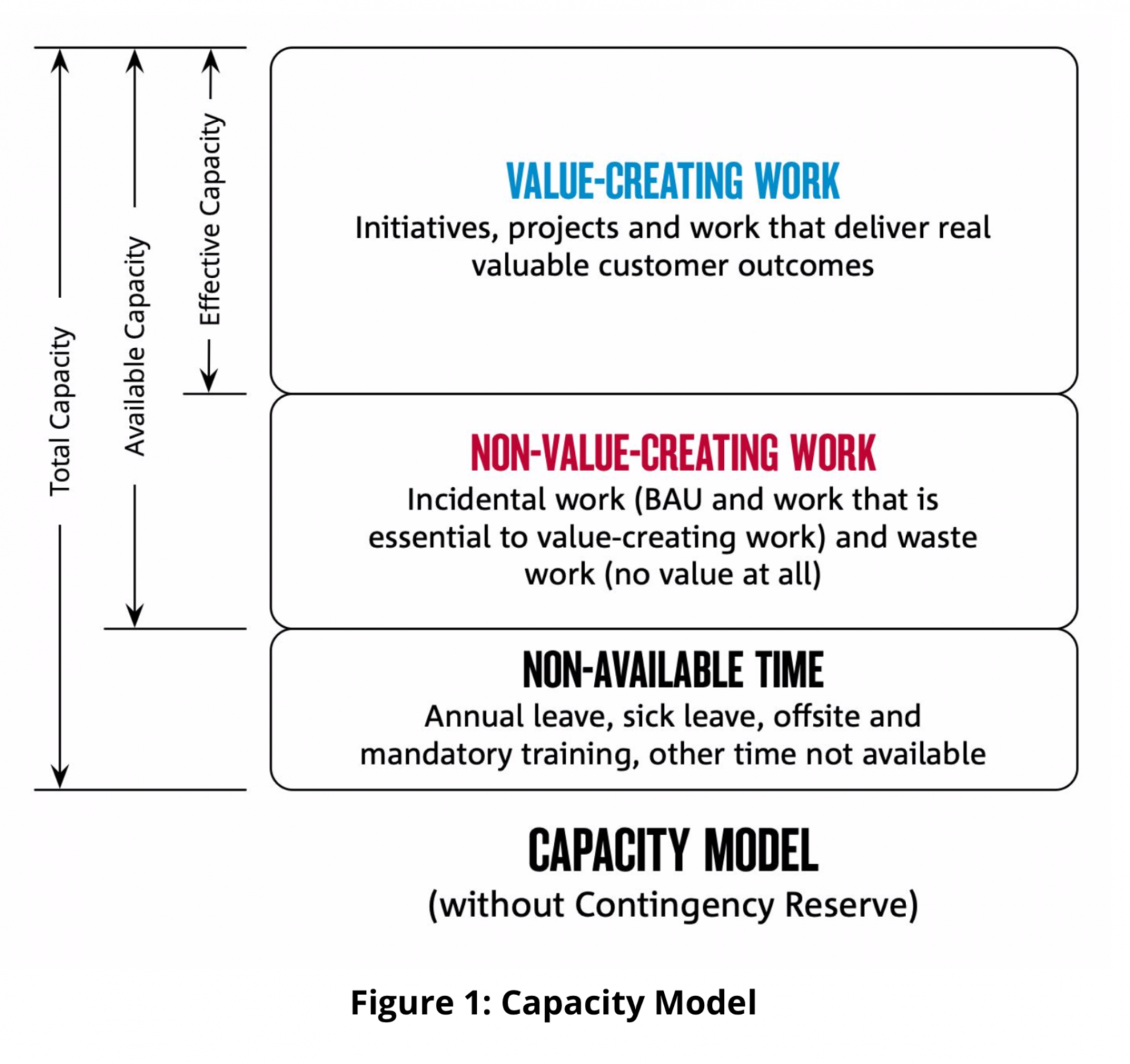Agile engineering practices
Part 1: Do the most valuable thing, unless you can't

Ideally teams can represent their own capacity in a meaningful way and can best state how much of that capacity a piece of work might take. An important technique to help understand effective (real) capacity is to break it down into chunks, based on the different types of work being done, using the following three steps:


Disclaimer: The statements and opinions expressed in this article are those of the author(s) and do not necessarily reflect the positions of Thoughtworks.
